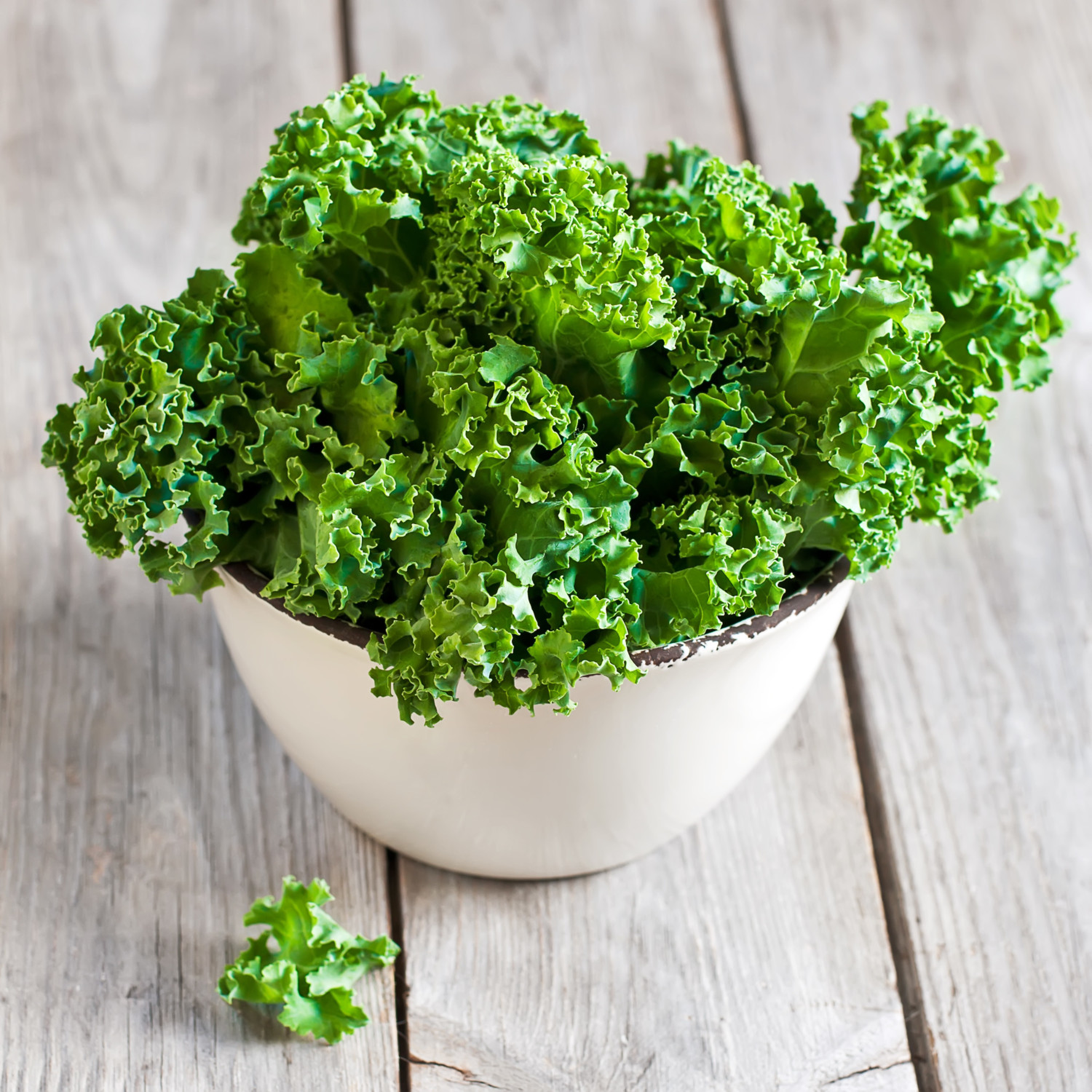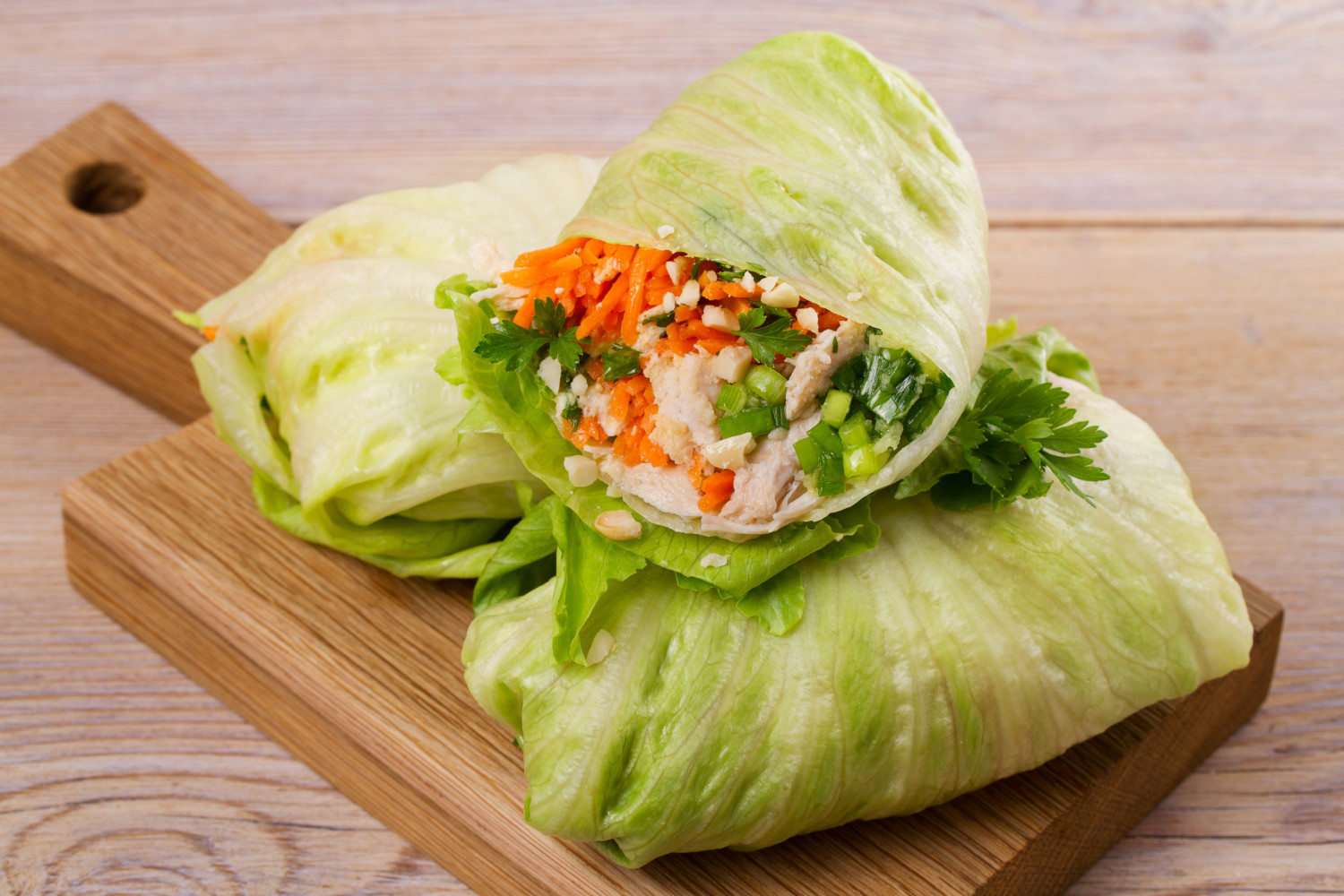Light green iceberg lettuce is used in everything from topping juicy burgers and sandwiches to being the core ingredient in classic wedge salads. Yet when we think about eating a healthy salad, we might picture one with dark leafy greens that are rich in vitamins and nutrients.
Iceberg lettuce is often thought of as being unhealthy, but why is that, exactly? When people think about iceberg lettuce, why isn’t nutrition top of mind?

Iceberg Lettuce Nutrition Basics
“Iceberg lettuce is filled with water volume, so that helps fill you up,” registered dietitian Keri Glassman told the “Rachael Ray Show.” “It has vitamins A and C, so it is giving you a little bit of nutrients.”
Part of that satisfying crunch that you get when you bite into iceberg lettuce is due to its high water content. Furthermore, with close to 1 gram of fiber per cup, it can help contribute to your daily fiber requirements. It contains 7% of the recommended daily vitamin A and about 2% of vitamin C as well as calcium. Each leaf contains roughly 1 calorie, and a whole cup has around 10 calories or less. This cholesterol-free food is also low in sodium and fat, which can contribute to a healthy diet.
“In general, it doesn’t pack a nutritional punch like darker greens do,” registered dietitian Francis Largeman-Roth told Self. “The dark leafy greens contain more nutrients, like iron, magnesium, folate and fiber.”

How Does Iceberg Lettuce Compare To Kale And Spinach?
Leafy greens are notoriously low-calorie foods, and iceberg lettuce is no exception to the rule. But greens with darker leaves, like kale, spinach, romaine and arugula, do provide more nutrients per bite. For example, one cup of spinach contains higher levels of vitamin C (14%) and additional vitamin B6, calcium and magnesium, while a cup of kale contains more protein and fiber than iceberg lettuce.
However, if you’re trying to stretch your dollar while still eating a wide variety of fresh produce, you might consider adding iceberg to your salad base. It mixes well with other lettuces and can help keep you hydrated.
While other green vegetables may provide more nutrients per bite, that doesn’t mean that iceberg lettuce should be avoided. A major bonus of this leaf is that it can be helpful if you are trying to cut back on calories. For example, you can try using iceberg lettuce in place of a tortilla.

How To Shop For Iceberg Lettuce
Iceberg looks similar to cabbage, but the taste is much milder. When you pick up a head of lettuce from the store, you want one that seems tightly packed, without loose leaves or brown spots. Some people like to toss the outer leaves before prepping the lettuce, but it’s not necessary. Just be sure to keep it refrigerated so it stays crispy. Cooking iceberg alters its texture and removes its crunchiness.
To prepare it to be served in its common raw form, simply rinse it with water and dry it with a paper towel or salad spinner. Cut around its core and slice the leaves into small pieces for a salad, in quarters for a sandwich or leave “as is” for wraps.
“I’m not recommending that you avoid iceberg lettuce, just that it’s best to mix it with other greens,” Elisabeth Moore, a registered dietitian at Harvard-affiliated Beth Israel Deaconess Medical Center, told the university’s website.
Now that you know iceberg lettuce’s nutritional content isn’t as meager as people say, will you be incorporating it back into your diet?
This story originally appeared on Simplemost. Check out Simplemost for additional stories.


